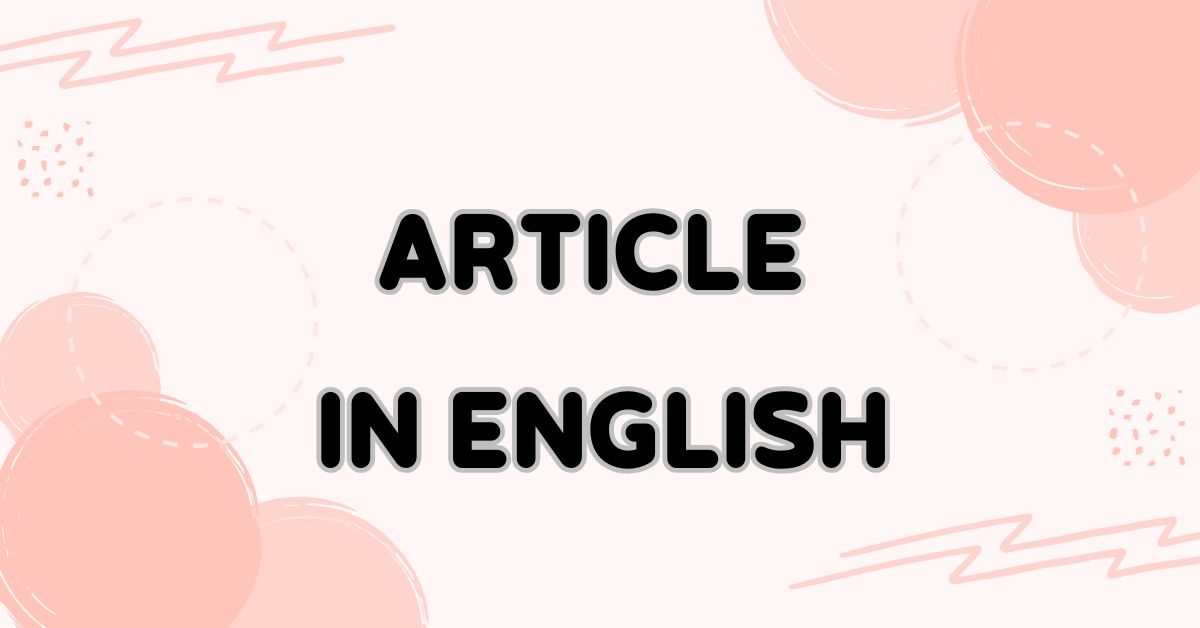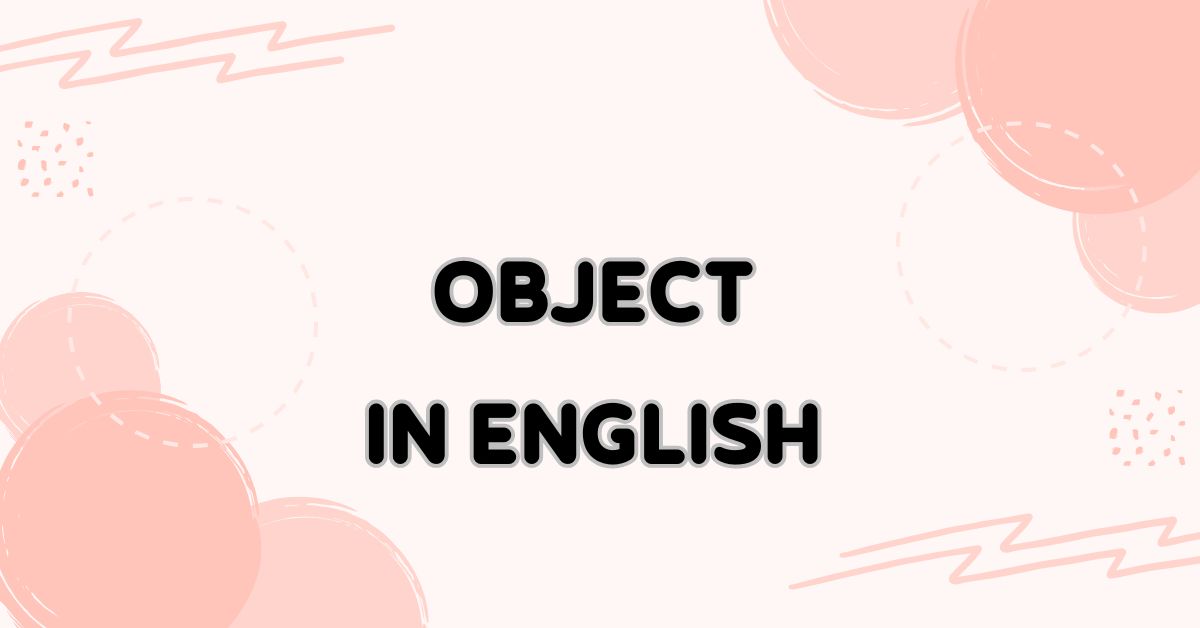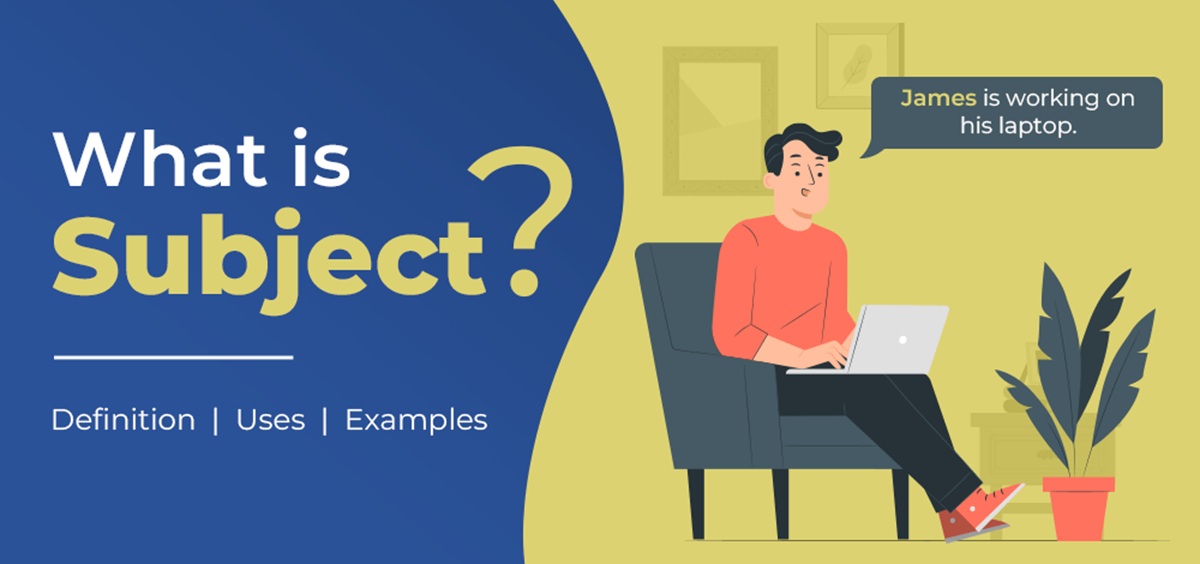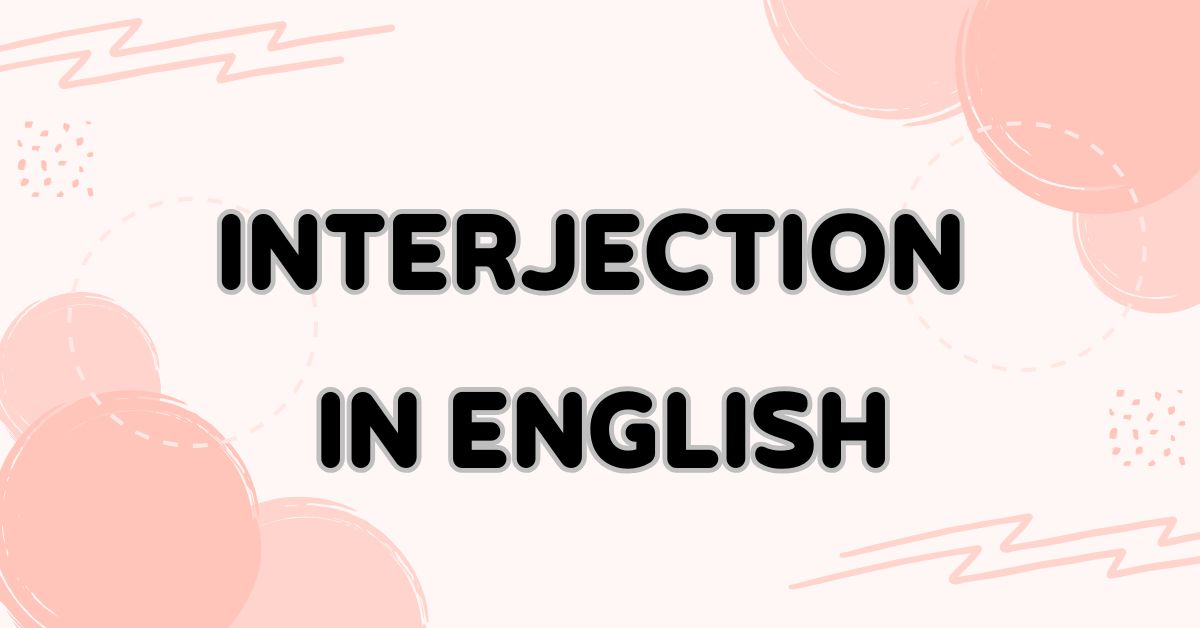This comprehensive guide will walk you through the test structure, explain how your TOEIC score is calculated, and, most importantly, provide actionable tips and strategies to help you achieve the high TOEIC score you're aiming for. Let's dive in and demystify the path to your desired results!
Meaning of each TOEIC score level
While there's no pass or fail in the TOEIC exam, your TOEIC score reflects your English proficiency across various communication levels. The TOEIC score is categorized into six distinct levels, each indicating a different capability in using English.
|
TOEIC Score Range |
Proficiency Level |
Meaning |
|
905 - 990 |
International Professional Proficiency |
Able to communicate effectively and professionally in all English-speaking situations. |
|
785 - 900 |
Working Proficiency Plus |
Can use English effectively for work requirements frequently. |
|
605 - 780 |
Limited Working Proficiency |
Able to use English for work with limitations, but can handle general communication. |
|
405 - 600 |
Elementary Proficiency Plus |
Can use English for conversations and face-to-face communication. |
|
255 - 400 |
Elementary Proficiency |
Can use English with limitations, able to engage in simple face-to-face conversations. |
|
10 - 250 |
Basic Proficiency |
Can only use English for survival communication. |
TOEIC test structure and how to calculate your score
The TOEIC (Test of English for International Communication) is a multiple-choice exam with a total TOEIC score of 990 points. It consists of 200 questions, divided equally into two sections: Listening (100 questions) and Reading (100 questions).
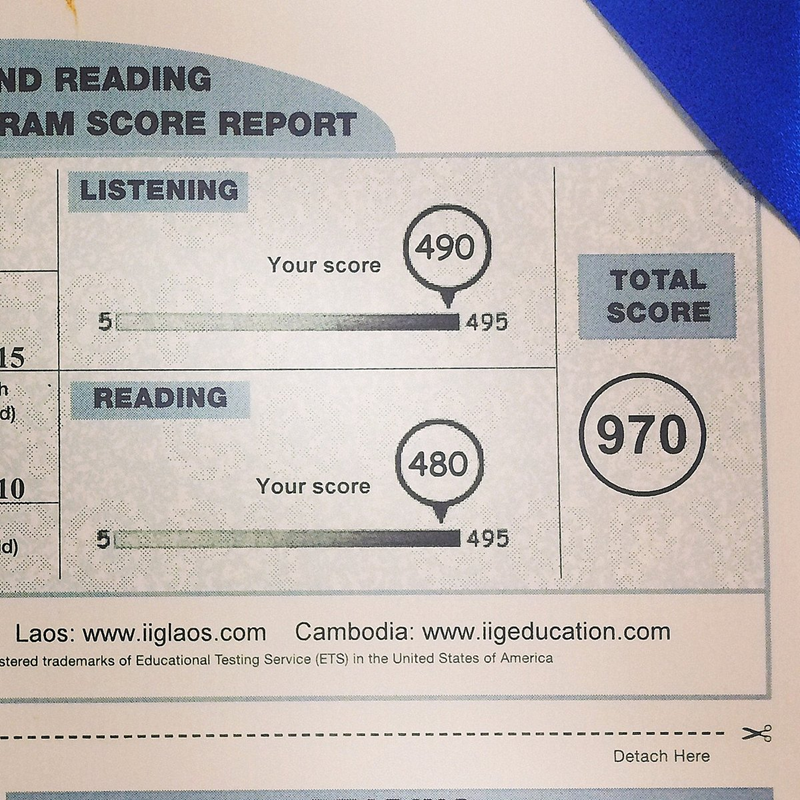
TOEIC test format overview:
|
Part |
Section |
Number of Questions |
Description |
|
Part 1 |
Listening |
6 |
Photographs: Listen to 4 statements and choose the one that best describes a picture. |
|
Part 2 |
Listening |
25 |
Question-Response: Listen to a question or statement and choose the most appropriate reply. |
|
Part 3 |
Listening |
39 |
Conversations: Listen to dialogues between 2-3 people and answer questions based on them. |
|
Part 4 |
Listening |
30 |
Short Talks: Listen to short speeches or announcements and answer related questions. |
|
Part 5 |
Reading |
30 |
Incomplete Sentences: Choose the best word or phrase to complete each sentence. |
|
Part 6 |
Reading |
16 |
Text Completion: Fill in the blanks in short texts with appropriate words, phrases, or sentences. |
|
Part 7 |
Reading |
54 |
Reading Comprehension: Read passages (single, double, or triple) and answer related questions. |
Each section (Listening and Reading) is scored from 5 to 495 points, making the total score range 10-990 points. Here's a reference for estimating your score based on the number of correct answers:
|
Correct Answers |
Approximate Score |
|
Listening Section |
|
|
27 |
60 |
|
56 |
275 (B1 level) |
|
75 |
390 |
|
89 |
470 |
|
93+ |
495 (max) |
|
Reading Section |
|
|
30 |
Below 110 |
|
39 |
110 |
|
63 |
275 (B1 level) |
|
75 |
390 |
|
95 |
470 |
|
100 |
495 (max) |
Comparing TOEIC scores with CEFR standards
The Common European Framework of Reference for Languages (CEFR) is an international standard used to describe language proficiency across four core skills: listening, reading, writing, and speaking. Although the TOEIC test primarily measures listening and reading skills, it is possible to estimate a CEFR level based on your TOEIC score.
Here’s how TOEIC scores align with CEFR levels:
-
A1 (Beginner): A TOEIC score between 120 and 220. At this level, learners can understand and use basic everyday expressions and simple phrases to meet specific needs.
-
A2 (Elementary): A TOEIC score between 225 and 545. Learners can communicate in simple tasks that require a direct exchange of information and understand frequently used expressions.
-
B1 (Intermediate): A TOEIC score between 550 and 780. Users at this level can deal with most situations likely to arise at work or while traveling, and can produce simple connected text on familiar topics.
-
B2 (Upper Intermediate): A TOEIC score between 785 and 940. Learners can understand complex texts, interact fluently, and express opinions clearly on a wide range of subjects.
-
C1 (Advanced): A TOEIC score between 945 and 990. This level reflects the ability to understand demanding texts and express oneself fluently, effectively, and precisely.
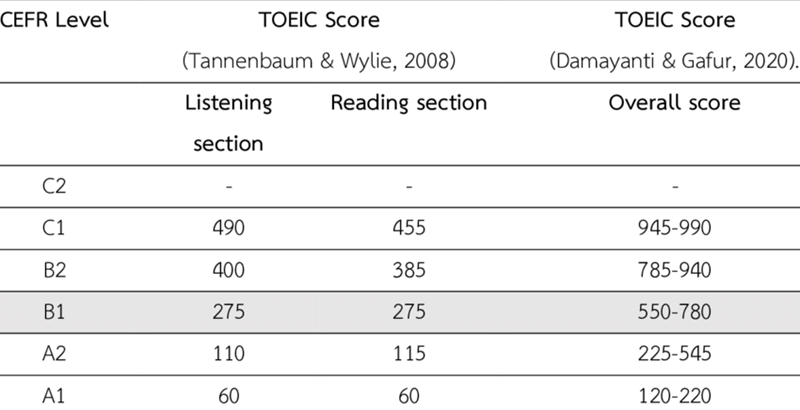
Minimum TOEIC score required for different groups
The TOEIC (Test of English for International Communication) is widely used by educational institutions and employers to assess English proficiency. Depending on the goal - whether it's graduation, job application, or promotion - different groups of people may need to meet specific minimum TOEIC score requirements.
TOEIC score requirements by group:
-
High School Students: Recommended minimum 350 - 450 points. This score reflects basic communication skills and the ability to understand simple spoken and written English.
-
University Students: Recommended minimum 500 - 650 points. A score in this range shows intermediate proficiency, suitable for reading academic texts and participating in classroom discussions.
-
Job Seekers / Fresh Graduates: Recommended minimum 600 - 750 points. This level demonstrates the ability to understand emails, presentations, and workplace communication.
-
Working Professionals (Promotion or International Transfer): Recommended minimum 750 - 850 points. This indicates upper-intermediate to advanced English skills needed in global business settings.
-
Professionals in Multinational Companies or Leadership Roles: Recommended minimum 850 - 900+ points. Such scores reflect strong command of English in complex situations, including negotiation and decision-making.
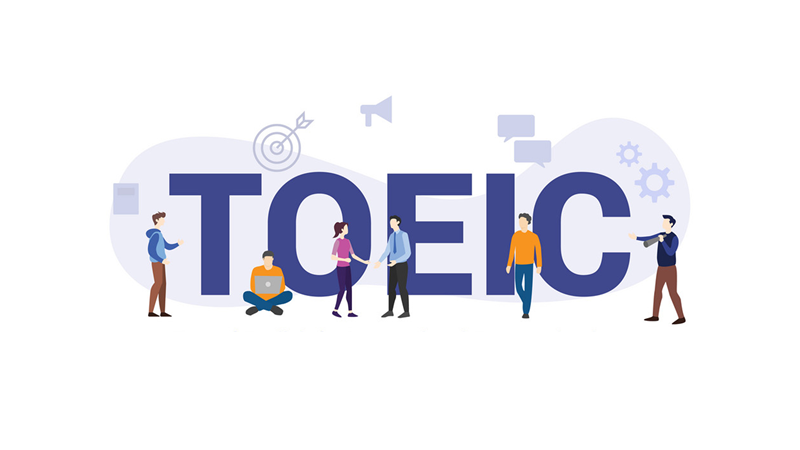
Tips for achieving a high TOEIC score
Scoring high on the TOEIC test doesn’t just require knowing English - it takes strategy, preparation, and consistent practice. Whether you're a student or working professional, these proven tips will help you boost your TOEIC score and open more doors for academic and career success.
-
Understand the TOEIC test format: Start by familiarizing yourself with the TOEIC structure: 200 multiple-choice questions divided into Listening and Reading sections. Knowing what to expect helps reduce test-day anxiety and improves focus.
-
Practice listening every day: Use English audio resources such as podcasts, news, and TOEIC listening drills. Focus on identifying main ideas, specific details, tone, and speaker intent.
-
Expand your vocabulary: Study high-frequency words commonly found in TOEIC exams, especially business-related terms. Use flashcards and apps to review them regularly.
-
Take mock tests: Simulate real test conditions by taking full-length TOEIC practice exams. This helps you manage time and track your improvement.
-
Start building English skills early: For parents, it’s never too early to help your child develop strong English foundations. Using learning apps like Monkey Junior can make language learning fun and effective from a young age - paving the way for future achievements in tests like TOEIC.

Frequently asked questions about TOEIC scores
1. What does the TOEIC test measure?
The TOEIC Listening & Reading test measures your ability to listen to and read English in real-world, workplace contexts. It assesses your proficiency in everyday communication and business English.
2. How long is a TOEIC score valid?
TOEIC scores are typically valid for two years from the test date. This is because language proficiency can change over time. After two years, many institutions and organizations may require a more recent score if you need to demonstrate your English level.
3. How often can I retake the TOEIC test?
There is generally no limit to how many times you can take the TOEIC test. However, test centers often have a minimum waiting period between tests. For instance, in some regions, you may need to wait at least 5 working days between two consecutive TOEIC tests. Check with your local test center for specific regulations.
4. Can I contest my TOEIC score if I'm unsatisfied?
Yes, it is usually possible to request a rescore if you are dissatisfied with your results. You would need to contact the test center where you took the exam within a specified timeframe (e.g., within 6 months). There might be a fee for this service.
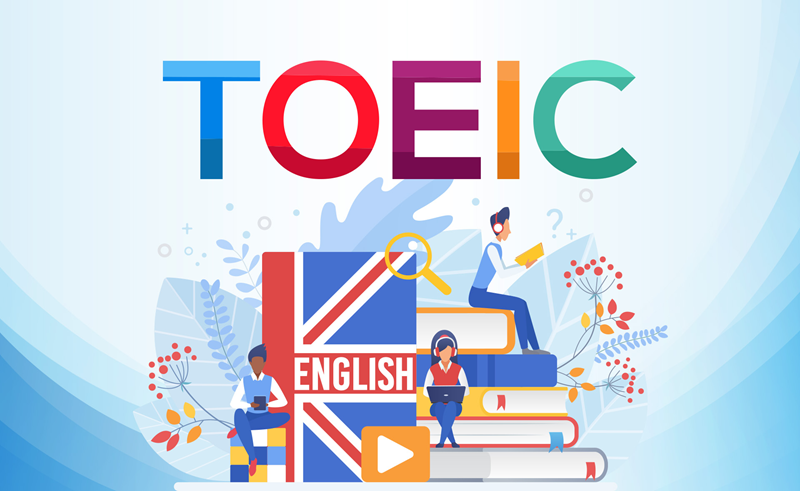
Achieving a high TOEIC score is a journey that combines understanding the test format, smart preparation, and effective test-taking strategies. By applying the insights on test structure, scoring mechanisms, and expert tips shared in this guide, you're well-equipped to maximize your potential.




.png)
